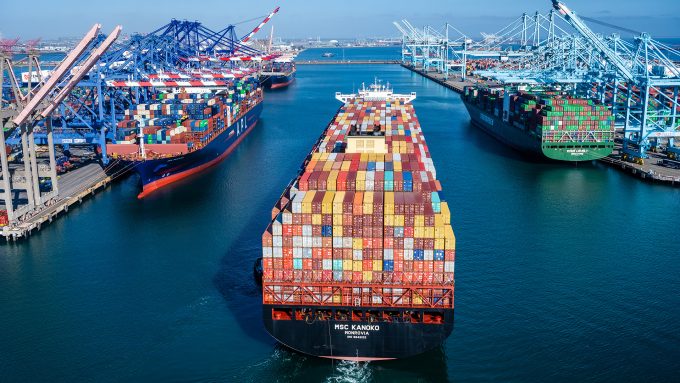Carriers start diverting ships from Canada’s strike-hit west coast ports
Ocean carriers are closely watching developments in the 10-day Canadian west coast port strike before ...

With negotiations at the US west coast ports to begin this week, 10 May, the Pacific Maritime Association (PMA) is positioning itself as ’modernists held back by luddites’, while the union has appealed to Americans to back US dockers against ’foreign plunderers’.
In an open letter, ...

Comment on this article